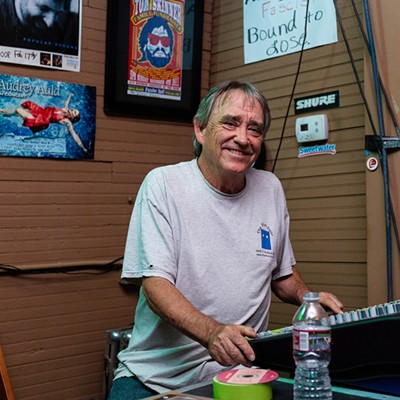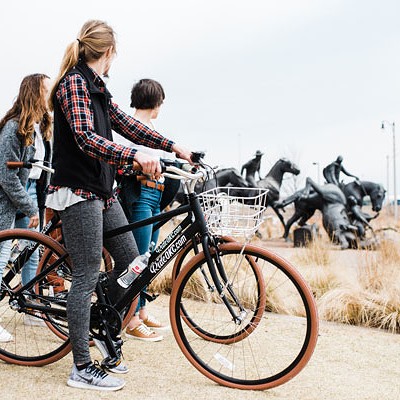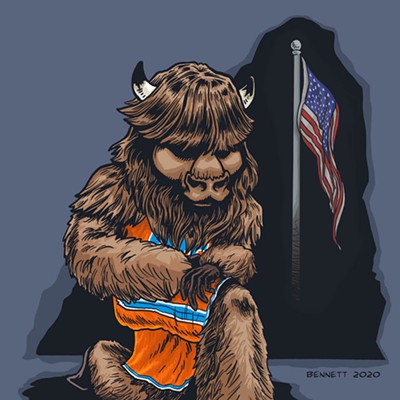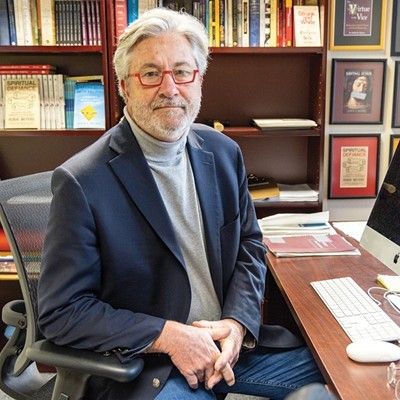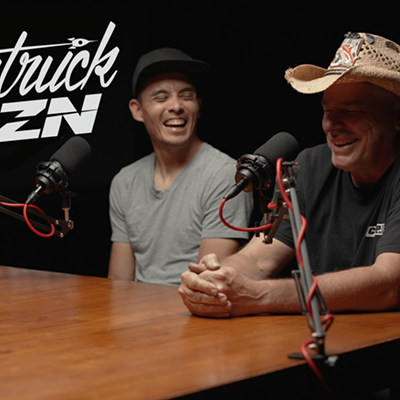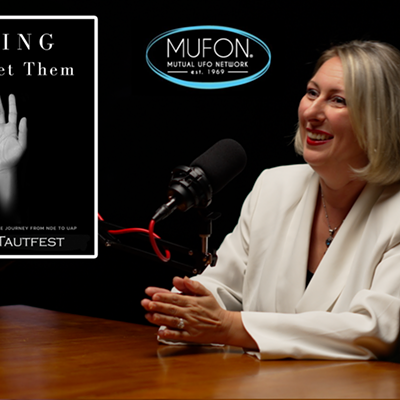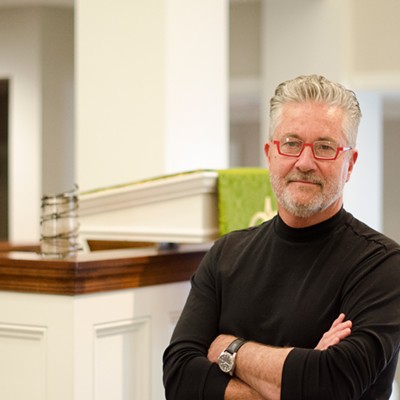Some days you just think, “This can’t be happening!” We’ve become accustomed to seeing Oklahoma City on national telecasts. We’re used to seeing the dramatically lit shots of Bricktown and downtown Oklahoma City that play in and out of commercials during Thunder games.
We’re even getting used to Charles Barkley saying there’s nothing to do in Oklahoma City — and we don’t care. We smile because we know how wrong he is.
I personally wish Sir Charles had participated in our “This City is Going on a Diet” campaign. Had we been able to count his recent weight loss, we might have reached our 1 million-pound goal a year earlier.
We’re so used to hearing Oklahoma City mentioned in the national media, we forget that until a few years ago the only national media play we routinely received was on The Weather Channel each spring.
What has the arrival of the Oklahoma City Thunder meant to our community? On a superficial, SportsCenter level, it’s altered the perception in regard to our peer cities.
Now, we’re not Chicago, Houston or Los Angeles, but we’re in those conversations. We became relevant on the pop-culture map.
There are also measurable metrics we can share.
Each home game has an economic impact in the area of $1.3 million. A national — and international — audience is exposed to our brand through the Oklahoma City Thunder. Public relations professionals can assign a dollar amount for the media exposure, based on industry formulas for ad values and equivalencies.
Thunder jerseys and merchandise are top sellers. According to NBA sales figures, Oklahoma City Thunder merchandise was No. 7 in sales in 2012. So it’s not unusual to see someone wearing an Oklahoma City T-shirt or jersey in New York City, Chicago … or even Beijing.
The Oklahoma City Thunder is another quality-of-life amenity, a big-league entertainment option. As we recruit employers and employees from other parts of the country, they think one of two things as they consider relocation: “I have to move to Oklahoma City” or “I get to move to Oklahoma City.” We believe these types of amenities and cultural opportunities are moving the needle toward the latter.
At City Hall, we still focus daily on issues like housing, wellness, public safety, parking, garbage and potholes. But in 2012, there are plenty of things for Charles Barkley to do and see in OKC.
As state Sen. David Holt points out in his new book, Big League City, Oklahoma City’s renaissance started years ago with ideas and initiatives from Mayor Andy Coats, Mayor Ron Norick and Mayor Kirk Humphreys, support from various City Councils and the will of the people of Oklahoma City.
The success of the Oklahoma City Thunder is a validation of those efforts.
Thunder up!
Cornett is mayor of Oklahoma City. He is in his third term.
Opinions expressed on
the commentary page, in letters to the editor and elsewhere in this
newspaper are those of the author and do not necessarily reflect the
opinions of ownership or management.


